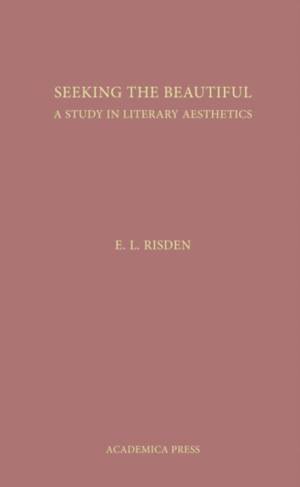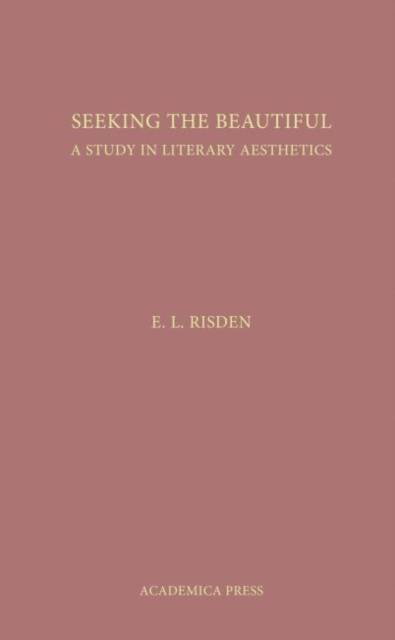
- Afhalen na 1 uur in een winkel met voorraad
- Gratis thuislevering in België vanaf € 30
- Ruim aanbod met 7 miljoen producten
- Afhalen na 1 uur in een winkel met voorraad
- Gratis thuislevering in België vanaf € 30
- Ruim aanbod met 7 miljoen producten
Zoeken
€ 149,95
+ 299 punten
Omschrijving
Seeking the Beautiful: A Study in Literary Aesthetics comprises essays both theoretical and applied, with a focus on English medieval and Renaissance texts. While the term aesthetics may imply simply sensory perception or expression, this volume considers what makes literary texts beautiful. While of course any such study must involve subjective judgment, one can still describe subjective experience and share it with others with the goal of expanding others' and one's own potential for enjoying works of literary art. Academic discussion most often deals with meaning or the social or psychological implications of writing and reading; we tend to neglect what often draws us to read in the first place: a text's verbal or imaginative beauty. Our favorite texts make us re-readers as well as readers. Using a variety of examples--including Shakespeare plays, Spenser's Faerie Queene, Worth's Urania, Marlowe's Doctor Faustus, Milton's Paradise Lost, Chaucer's Knight's Tale, Beowulf, and "The Dream of the Rood." and others--this study highlights the idea of texture, pleasure through depth, variety, and passionate liveliness, as a means to consider textual beauty. Explicitly an essay, an attempt, it aims to connect theoretical strands from Classical through Postmodern thought to formulate a joy of reading that may encourage dialogue on why we love the literature we love.
Specificaties
Betrokkenen
- Auteur(s):
- Uitgeverij:
Inhoud
- Aantal bladzijden:
- 264
- Taal:
- Engels
Eigenschappen
- Productcode (EAN):
- 9781680530452
- Verschijningsdatum:
- 15/10/2017
- Uitvoering:
- Hardcover
- Formaat:
- Genaaid
- Afmetingen:
- 152 mm x 229 mm

Alleen bij Standaard Boekhandel
+ 299 punten op je klantenkaart van Standaard Boekhandel
Beoordelingen
We publiceren alleen reviews die voldoen aan de voorwaarden voor reviews. Bekijk onze voorwaarden voor reviews.











